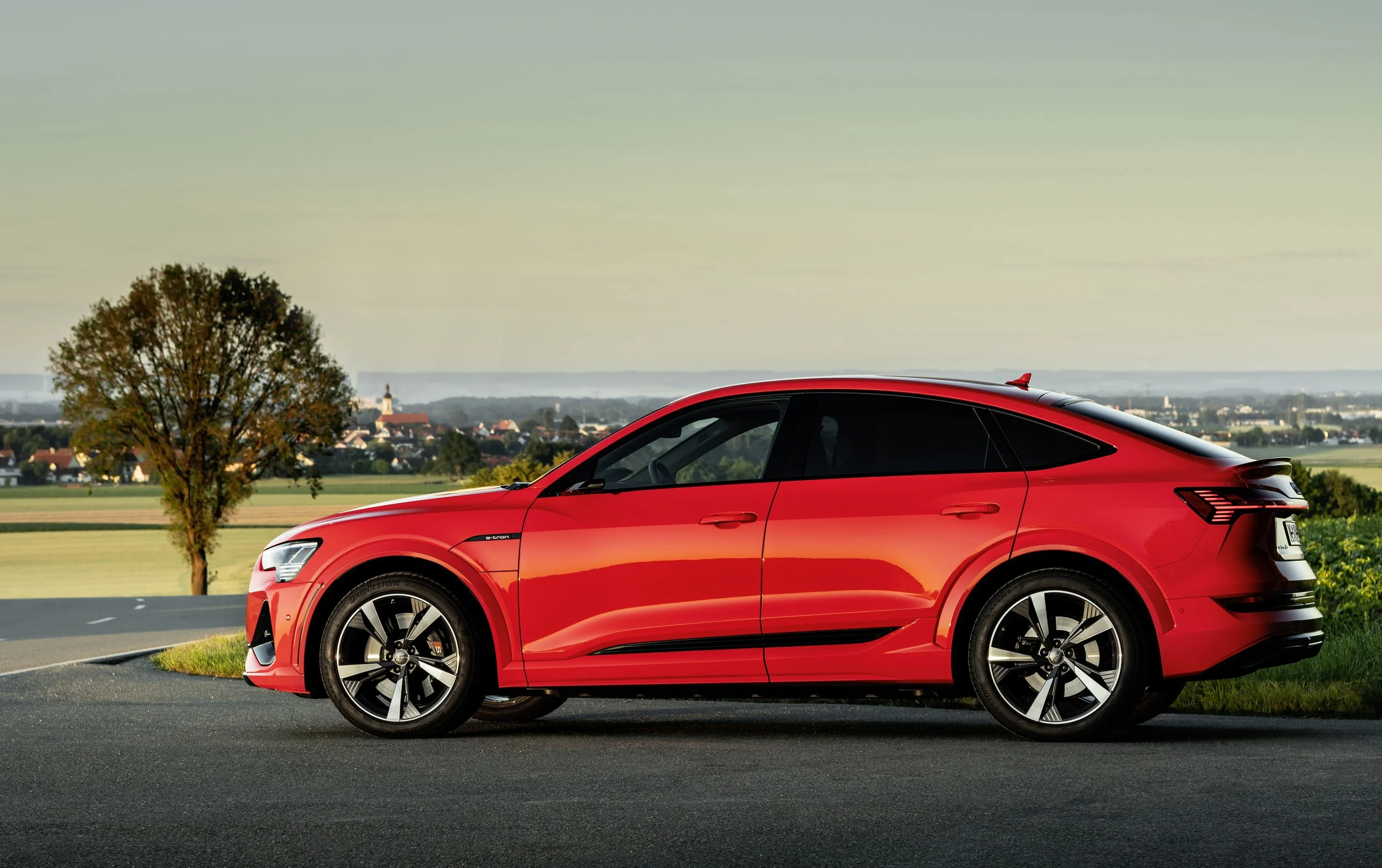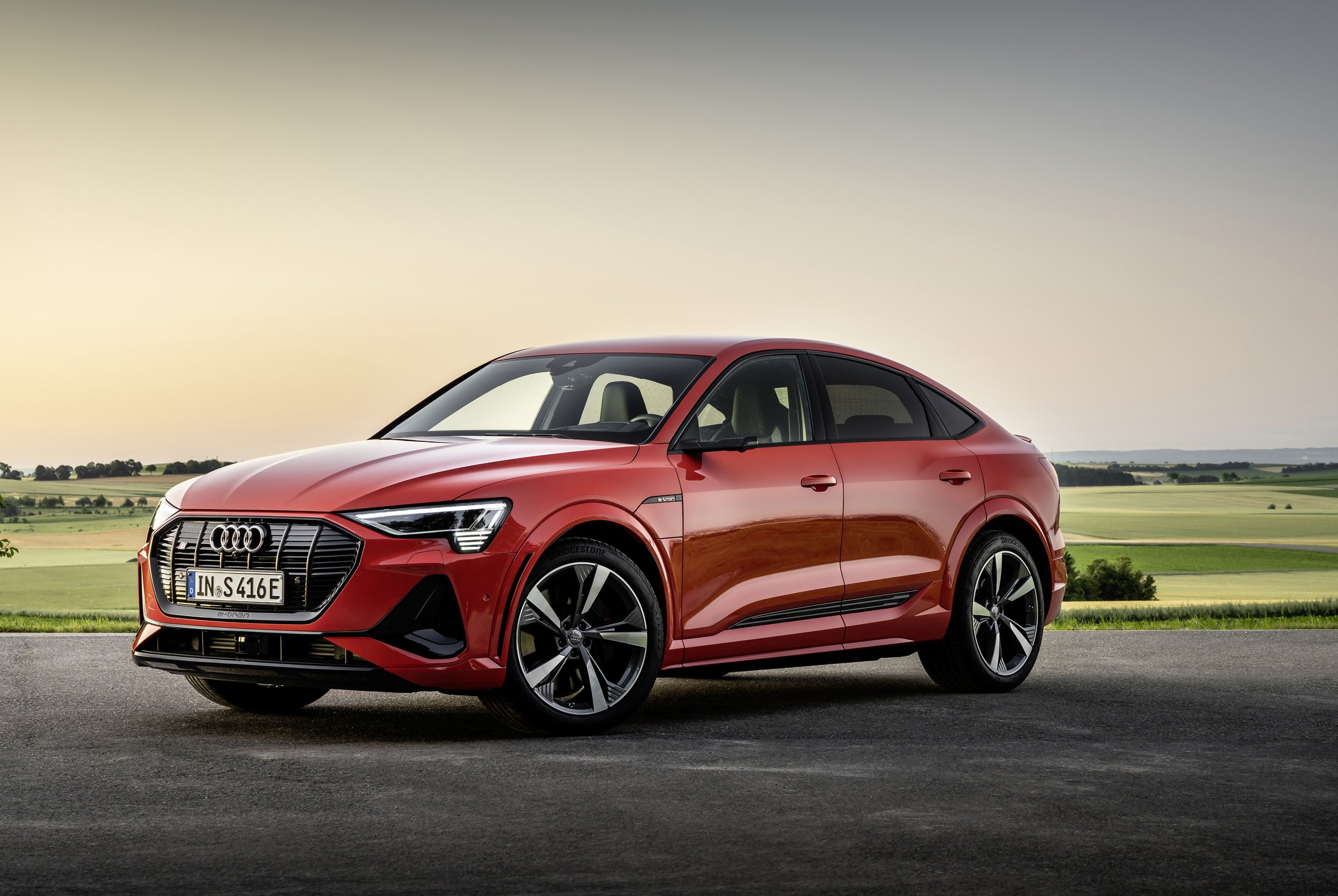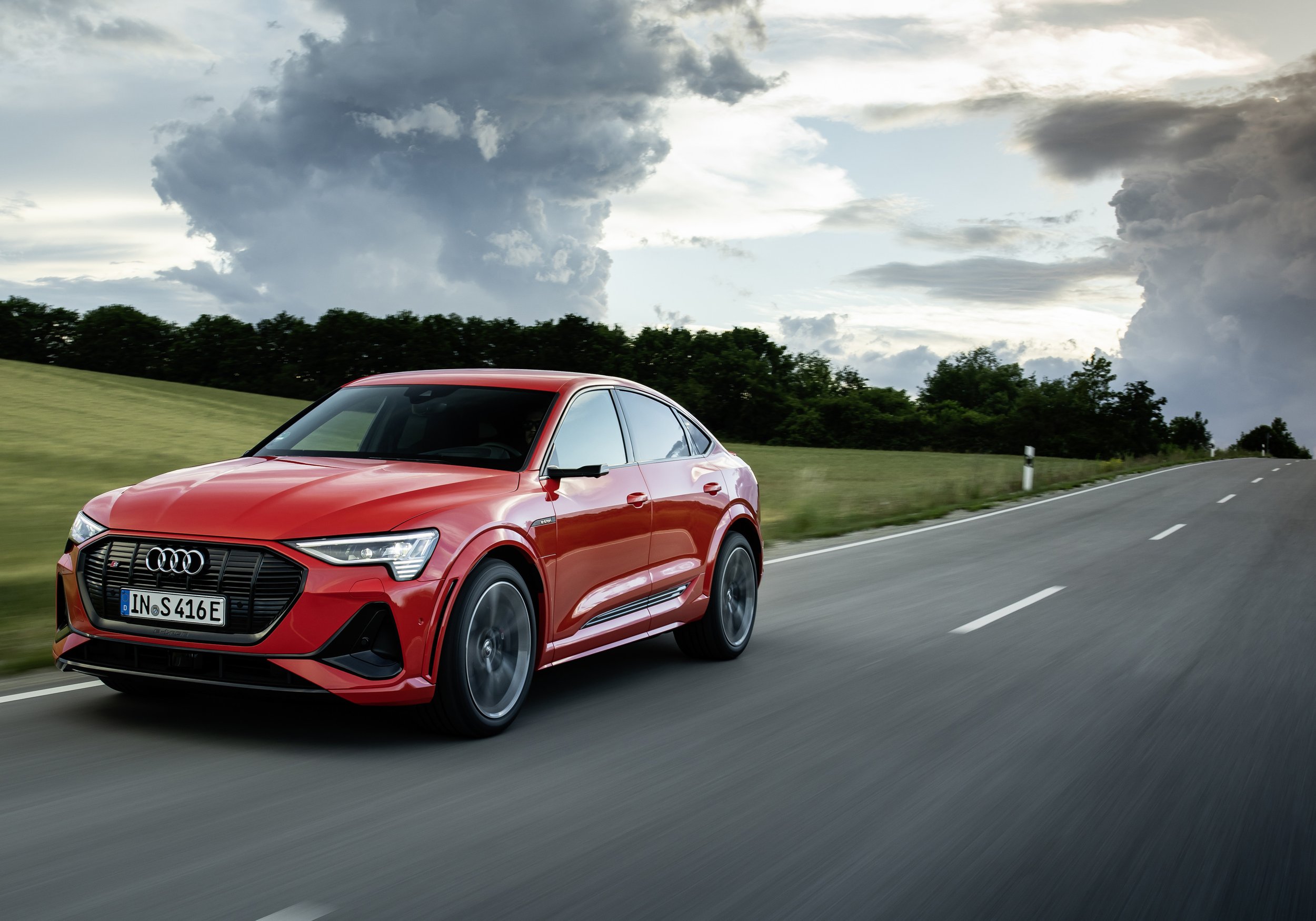S adding to e-tron spark
/Extra zap has arrived for Audi’s big electric.
HAVING sports utility-formatted vehicles lead the charge into an electric future is an international Audi strategy working well in this market, the brand’s local boss suggests.
While the marque is now also imprinting into the high-performance premium car sector with its recently introduced GT e-tron coupe, the e-tron SUV that has been in the market for several years, first as an orthodox wagon and more recently in Sportback form, is still achieving the bulk of switchover sales.
That’s a trend Audi New Zealand expects to leverage all the more with the roll-out now of a hotted-up S Sportback, the world’s first production electric car to feature three electric motors.
Power from this variant is rated at 369kW and a whopping 978Nm of torque - quite a difference over the highest-powered non-S variant, the 55 quattro. The 95kWh battery (in which Audi says 86kWh of it is usable to the driver) allows up to 363 kilometres of range.
With the e-Tron S one motor drives the front axle and two drive each rear wheel individually. In normal driving situations, only the rear motors are active, with the front stepping in when grip is lost. There is a sport setting for the ESC and, when coupled with dynamic mode on the drive select, Audi says this EV can drift.
Elsewhere, the adaptive air suspension has been lowered and tweaked for the S model, while wheel arch inserts make the S models 23mm wider than a standard e-Tron.
At $189,900 the derivative becomes the most expensive e-tron SUV here, with a $19,500 premium over the 55 S-Line that has previously topped that line, but still sits below the GT, which costs between $194,500 as a GT and $274,000 in its ultimate RS form, before options are considered. The coupes are quicker to 100kmh but within e-tron SUV ranks, the S is now the king, with a time of 4.5 seconds.
Whether the S e-tron will compete with the GT coupe remains to be seen; Audi New Zealand general manager Dean Sheed believes the model is more likely to considered by customers who until now have been achieving performance kicks from buying big-engined petrol models, including those from the highly-specialist RS sub-cluster, though he imagines some current e-tron owners might also decide they’ll like that car with more oomph.
“Current internal combustion engined performance SUV’s are a significant portion of our current business … that’s RSQ3 to RSQ8.
“The e-tron S is the first battery electric to allow us to offer consumers an electric alternative to the ICE performance SUV – and of course (it also appeals to) current e-tron customers wanting more performance.”
Audi internationally has expressed thought that e-tron S might also stand excellent potential to conquest; in particular winning attention from the Tesla Model S sector.
Asked if he had any thoughts about that or if this has already been his experience with other e-tron products, Sheed said: “Actually the current e-tron SUV/Sportback and now the GT has that ability … and naturally the e-tron S will continue to offer an alternative.”
The e-tron S configures overseas in the wagon shape as well, but that model was determined to be unnecessary here. However, Sheed has indicated he is prepared to bring in the other model if demand suggests it is needed.
“With an eye on range complexity we believe the Sportback is the right ‘sporty’ bodystyle for the S car … (but) give me six months of customer feedback and I will tell you if I am right!”
The next step of Audi NZ’s e-tron strategy will be introduction of Q4 e-tron, he confirmed. That car is built upon the MEB platform that will spawn a range of compact SUVs throughout the VW Group family. However availability of any MEB platform cars here has proven challenging, in part due to markets in Europe jave been given priority, with countries in which a timeline for the end of fossil-fuelled vehicle sales has been set being top of that list.
Said Sheed: “Yes, the Q4 e-tron family should be the next to launch … (but) we are waiting on global release outside Europe. We should know more in early 2022 about a local release date.”
All Audi EV product is priced well above the point of eligibility for Government’s electric car rebate and Q4 is unlikely to sit below that $80,000 cut-off, Sheed has indicated. However, knowing they are ineligible for the state-funded discount is hardly dispelling consumer interest.
The EV range is set to account for 10 percent of this year’s volume, he’s satisfied with that “given the Government’s $80,000 cap its only raising awareness of electrification for us, not actually assisting directly with business.”
Restrictions on new vehicle supply created by Covid-19 and the semiconductor shortage are now patent. Those issues have impacted on Audi in NZ in respect to model availability, he says.
“We are affected absolutely – and will be through to mid-next year – either on components that cannot be ordered or whole vehicles that cannot be produced. Our forward order bank is strong but the wait is frustrating for our customers and us equally.”
Even so, 2021 looks set to be a record sales year for his marque and his forecast for next year is fuelled by a degree of optimism.
“It’s been a record year despite Covid and lockdowns and a growing premium segment driven by new models.
“The brands with supply are winning … As borders open it (the market) will settle back as consumers will have alternatives to spend their savings on. I see a continued strong auto sector in 2022 as we rebuild but with speed bumps along the way in respect to supply.”
Meantime, Audi has indicated the S e-tron recipe required a thorough rework of the standard car to warrant it achieving a performance badge that’s historically been the preserve of fizzed-up petrol product sitting one step below the ultimate RS cars. The car runs on 21-inch rims and the fattest tyre yet put onto the type, a 285/40 series, with 22 inch rims being optional, for $3500. Other cost extras includes a seat package, matrix LED lights, night vision assistant, a premium sound system, digital tv and an onboard charger and a second AC charging port (on the passenger side) .
As with other e-trons, the ‘S’ variants can replenish off 150kW fast chargers; that kind of hit will restore the battery to 80 percent in around half an hour.





















